 |
| SpaceX renovating LC-39A, April 8th, 2016 Spaceflight News |
 |
| CRS-8 standing at Launch Complex 40 Spaceflight News |
 |
| SpaceX renovating LC-39A, April 8th, 2016 Spaceflight News |
 |
| CRS-8 standing at Launch Complex 40 Spaceflight News |
| Atlas V NROL-36 standing on Launch Pad at VAFB (Credit: United Launch Alliance) |
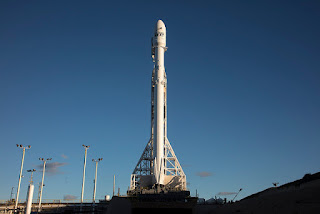 |
| Falcon 9 vertical at VAFB, California Photo: SpaceX |
 |
| Official Iridium-1 patch Photo: SpaceX |
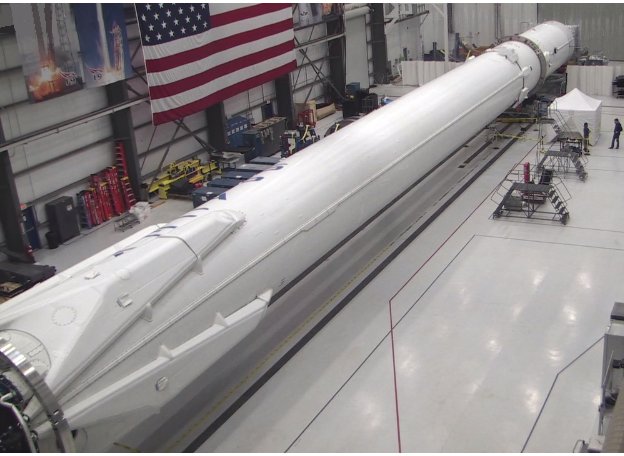 |
| Falcon 9 rocket to launch IridiumNEXT satellites |
 1 year ago today, SpaceX returned to flight after the CRS-7 explosion from an overpressurization in the second stage. They launched ORBCOMM-2 and landing the first stage back to Cape Canaveral for the first time becoming the first rocket ever to return from space and land. From then they've proceeded to land on their droneship several times and another time on land with CRS-9. May their return to flight with EchoStar 23 NET January 8th, 2017 be as successful as the last. Best of luck to SpaceX for their upcoming Return To Flight.
1 year ago today, SpaceX returned to flight after the CRS-7 explosion from an overpressurization in the second stage. They launched ORBCOMM-2 and landing the first stage back to Cape Canaveral for the first time becoming the first rocket ever to return from space and land. From then they've proceeded to land on their droneship several times and another time on land with CRS-9. May their return to flight with EchoStar 23 NET January 8th, 2017 be as successful as the last. Best of luck to SpaceX for their upcoming Return To Flight.
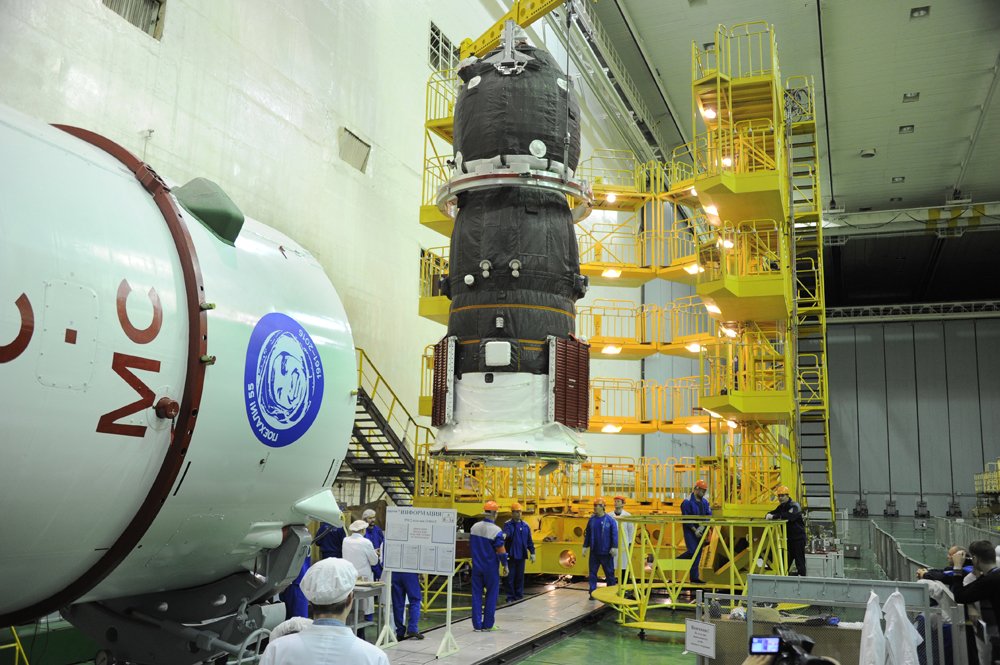 A Progress vehicle on a Soyuz-U rocket launched today to go and dock with the Space Station on Dec. 3rd with supplies and food for the astronauts and stay docked for several months. However, due to an error that occurred during the burn of the vehicle's third stage that caused the Progress spacecraft to reenter back into the Earth's atmosphere in a remote and unpopulated area in the mountains in Southern Siberia. The Soyuz-U rocket launched with Progress MS-04 spacecraft at 9:51am EDT from the Baikonur Cosmodrome in Kazakhstan. All the events of the launch were going nominally and once the Spacecraft was in Space there was confusion whether the solar arrays and the navigation antennae have deployed or not. The supplies on Progress weren't too important and the crew members on the ISS will be okay without it. European Space Agency astronaut Thomas Pesquet tweeted, "Spaceflight is hard, sorry to hear the news @roscosmos. We are fine up here and will function fine until the next supply spacecraft arrives".
A Progress vehicle on a Soyuz-U rocket launched today to go and dock with the Space Station on Dec. 3rd with supplies and food for the astronauts and stay docked for several months. However, due to an error that occurred during the burn of the vehicle's third stage that caused the Progress spacecraft to reenter back into the Earth's atmosphere in a remote and unpopulated area in the mountains in Southern Siberia. The Soyuz-U rocket launched with Progress MS-04 spacecraft at 9:51am EDT from the Baikonur Cosmodrome in Kazakhstan. All the events of the launch were going nominally and once the Spacecraft was in Space there was confusion whether the solar arrays and the navigation antennae have deployed or not. The supplies on Progress weren't too important and the crew members on the ISS will be okay without it. European Space Agency astronaut Thomas Pesquet tweeted, "Spaceflight is hard, sorry to hear the news @roscosmos. We are fine up here and will function fine until the next supply spacecraft arrives".
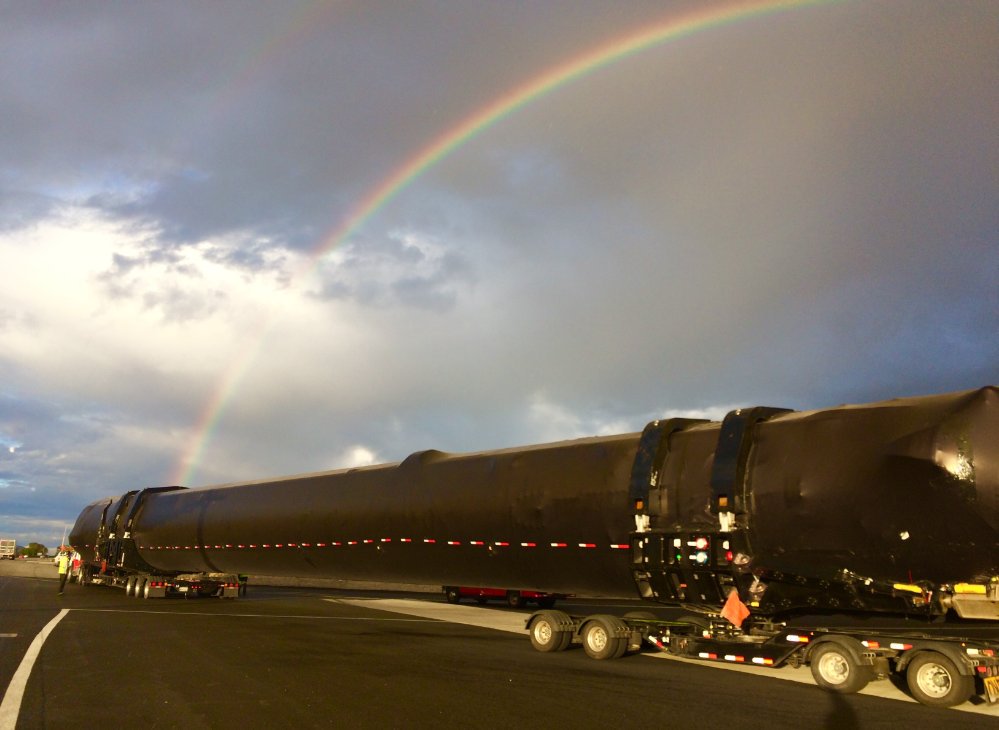 SpaceX's Falcon 9 rocket is set to launch again on December 16th at 12:36PM PST from Vandenberg Air Force Base, California. The Falcon 9 will launch 10 Iridium satellites into Low Earth Orbit. It isn't confirmed whether they will attempt a 1st stage landing on the droneship, but looking at previous launches it is likely. This will be the first launch of the Falcon 9 since the anomaly on September 1st when it exploded on the pad shortly before a static fire test of the engines.
SpaceX's Falcon 9 rocket is set to launch again on December 16th at 12:36PM PST from Vandenberg Air Force Base, California. The Falcon 9 will launch 10 Iridium satellites into Low Earth Orbit. It isn't confirmed whether they will attempt a 1st stage landing on the droneship, but looking at previous launches it is likely. This will be the first launch of the Falcon 9 since the anomaly on September 1st when it exploded on the pad shortly before a static fire test of the engines.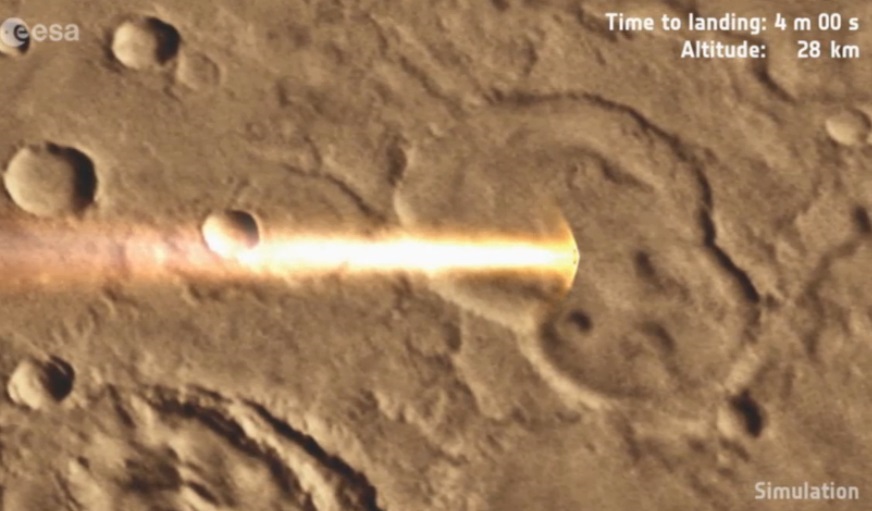 |
"Of Course I Still Love You" positioned in the Atlantic Photo // SpaceX To this date, SpaceX currently has 2 droneships to lan...
